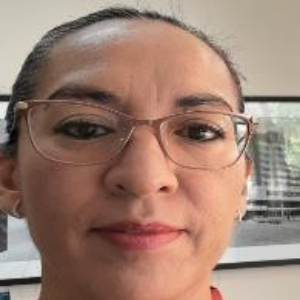Title : Association between arthropathy and peripheral neuropathies in adults with hemophilia
Abstract:
Introduction: Musculoskeletal hemorrhages are the most frequent in people with hemophilia A and B (PWH), among them hemarthroses have an incidence of up to 70%, evolving to arthropathy. One of the neurological complications of arthropathies are injuries due to entrapment in peripheral nerves, combined with different adjacent causes.
Objective: To establish the association between the degree of hemophilic arthropathy and the presence of peripheral neuropathies in PWH.
Material and Methods: An observational, analytical and retrospective study of PWH was carried out, from 08/18/2023 to 07/05/2024. 15 records of PWH from the outpatient and electrodiagnosis service were analyzed. The inclusion criteria were: adult PWH with arthropathy, who had undergone electroneuromyography studies with a conclusion of peripheral neuropathy and the non-inclusion criteria: they did not have recent x-rays. The following variables were analyzed: age, degree of hemophilic arthropathy, type of peripheral neuropathy, occupation, laterality, use of walking aids and comorbidities. Statistical analysis was performed with Spearman's correlation test. The protocol was approved by the Health Ethics and Research Committee with registration number R-2024-3401- 068.
Results: A sample of n=15 patients with a diagnosis of hemophilic arthropathy and peripheral neuropathy was analyzed. The average age was 31 ± 9.6 years. The most frequent peripheral neuropathy was the median nerve (27%) and peroneal nerve neuropathy (20%), the most affected body segment was the lower limb in 67%, at least 53% presented nerve damage and 78% of older patients presented severe grade IV and V arthropathy (Rho = -0.612, p = 0.015 and Rho = - 0.628, p = 0.012), OR = 42.0, p=0.010 and OR= 18.0, p=0.041.
Conclusions: There is an association between the degree of arthropathy in PWH and the presence of peripheral neuropathies. The most common arthropathy occurred in the lower extremities. However, the most common neuropathy was of the median nerve, which can be attributed to the prolonged use of walking aids, followed by peroneal nerve neuropathy, a consequence of entrapment due to arthropathy. Prophylactic hematological treatment and comprehensive treatment, including rehabilitation, modify the evolution of arthropathy and its complications.




